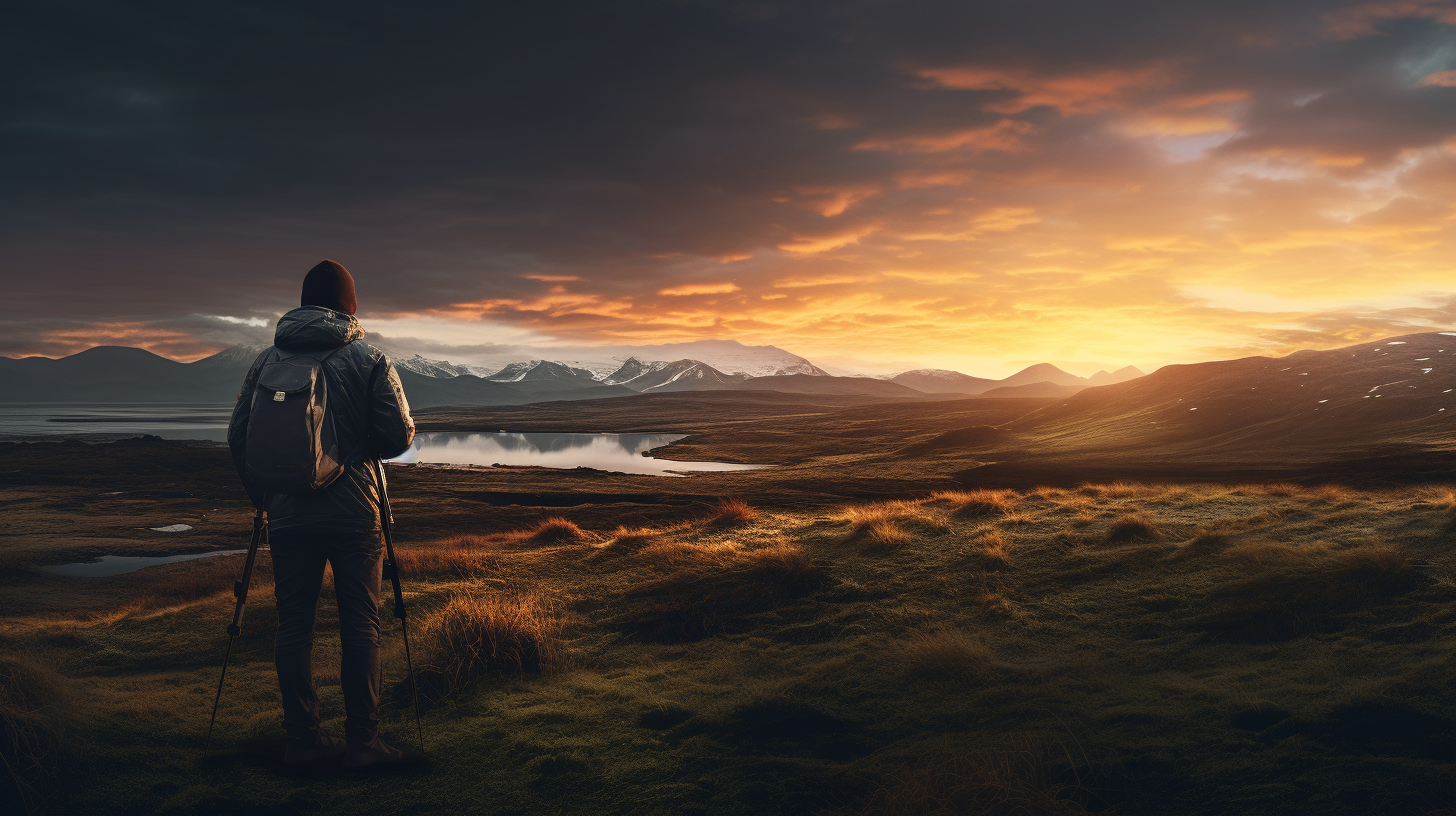Explore professional tips for adding depth and dimension to your photos. Enhance your photography skills with this insightful guide.


Explore professional tips for adding depth and dimension to your photos. Enhance your photography skills with this insightful guide.
Unveil the secrets of Portrait Photography with our tips and techniques, and start capturing breathtaking photos today!
Master the art of taking dramatic and moody photos with our top tips. Enhance your photography skills and tell emotive stories through your lens.
Unlock your photography potential by mastering the Rule of Thirds for stunning photos that mesmerize viewers.
Explore tips and tricks for capturing stunning silhouette photos. Create dramatic, beautiful images that leave a lasting impression!
Enhance your photography skills using AI-integrated systems and techniques. Learn to click sharper, stylish, and stunning pictures effortlessly.
Join our community of photography enthusiasts and receive the latest tips, tutorials, and gear reviews directly in your inbox. Elevate your photography skills with expert insights and creative inspiration from Wim Arys.